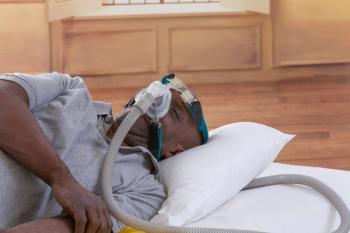
5 Updates on Maternal Health in the United States
While global maternal mortality rates (MMR), particularly in the developed nations, have been dropping, US MMR has seen a steady rise. Protecting the well-being of women, both during and after pregnancy, is vital. Here are some updates on the status of maternal care in the United States.
According to the Maternal Health Task Force, the United States lags behind other developed nations in preventing pregnancy-related deaths: the
There is no arguing the fact that continued efforts are vital to protect the well-being of women, both during and after pregnancy. Here are some updates on the status of maternal care in the country:
1. Mortality remains high
An investigation by NPR and ProPublica into the high MMR in the United States found that
Importantly, the NPR article highlights, complications associated with childbirth—pre-eclampsia, infections, and blood clots—can linger and lead to ongoing medical and financial burden for the family.
2. Need to focus on the mother
In her blog post for The American Journal of Managed Care® (AJMC®), Katy B. Kozhimannil, PhD, MPA, associate professor in the Division of Health Policy and Management at the University of Minnesota School of Public Health and Director of Research at the University of Minnesota Rural Health Research Center,
Kozhimannil wrote that research studies have found an association between a child’s survival and maternal well-being, including a mother’s access to practices that save lives, which, according to the World Health Organization and the World Bank, are evidence-based interventions to reduce perinatal mortality during pregnancy and at childbirth. This translates into the need for financial, logistical, cultural, and geographic access to care.
3. The importance of team-based care
According to Mary Norine Walsh, MD, immediate past president of the American College of Cardiology, multiple factors influence the high rate of MMR in the United States, including the woman’s age at first birth and comorbidities such as hypertension, diabetes, and coronary artery disease.
While a prepregnancy assessment is important, “The thing we really need to focus on is a team—a cardio-obstetric team that if a woman does develop hypertension, preeclampsia, signs and symptoms during pregnancy, or soon after delivery,”
4. Access to contraception
Avoiding unintended pregnancies in women who are high-risk candidates of being lost to postpartum care was a concern raised by Chelsea Bayer, MD, an obstetrician/gynecologist at Washington University in Saint Louis, Missouri. Speaking at the American College of Obstetricians and Gynecologists (ACOG) 2018 Annual Clinical and Scientific Meeting, Bayer presented the
“Unintended pregnancies are associated with maternal depression, limited access to maternal care, financial burden, and in the case of short interval unintended pregnancies, increased risk of preterm delivery,” according to an abstract that her group presented at the meeting.
ZIP code determines everything, though, including payer coverage and access to health institutions.
5. Addressing postpartum depression
A common complication among women who have just delivered a baby, about 14% of new mothers suffer from postpartum depression (PPD), per the American Psychological Association. However, a majority defer treatment.
“The good news, despite all of that, is the OB/GYNs are really very well-positioned to address postpartum depression,” Simas said.
Newsletter
Stay ahead of policy, cost, and value—subscribe to AJMC for expert insights at the intersection of clinical care and health economics.













































